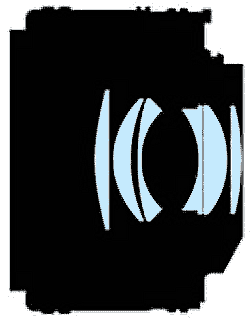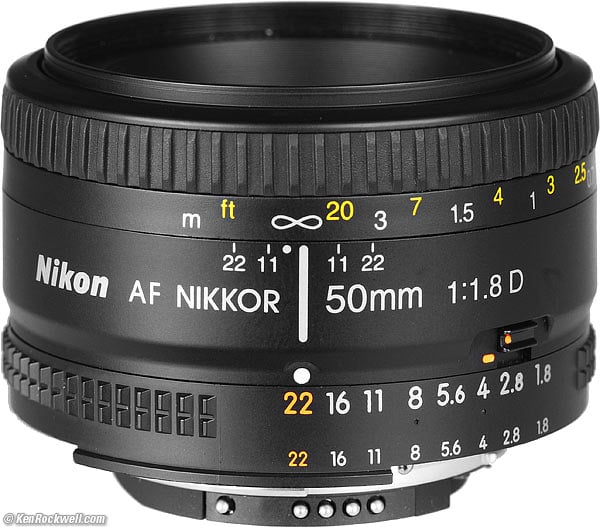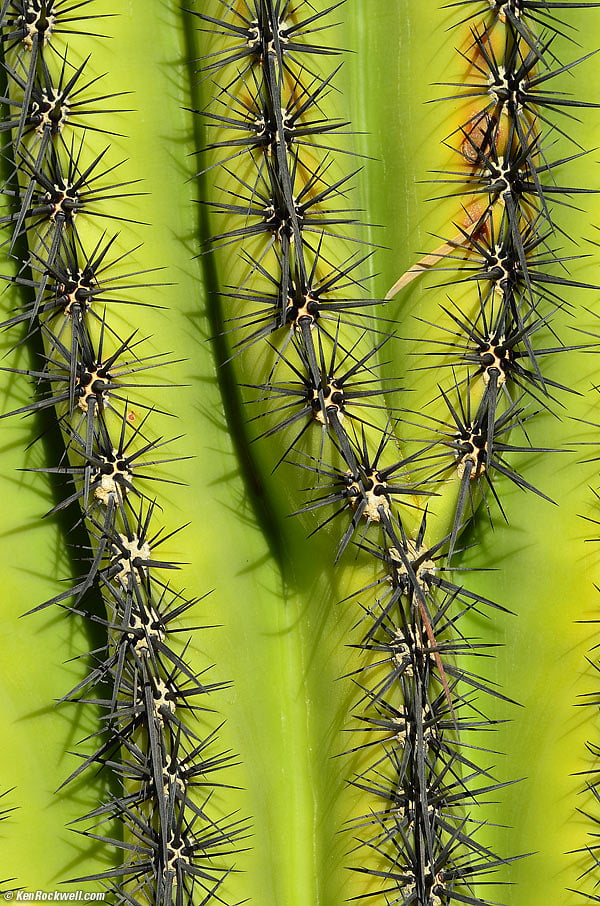Nikon 50mm f/1.8 AF-D. (52mm filters, 5.5 oz./157g, about $125.) enlarge. My biggest source of support is when you use these links, especially this one directly to it at Adorama or at Amazon, when you get anything, regardless of the country in which you live. Thank you! Ken.
NEW: Nikon 50mm f/1.8 G. Weighs
more, costs more, and does the same thing, but with instant
manual-focus override, much more distortion and the ability to autofocus
on Nikon's cheapest DSLRs.
Introduction top
|
|
This
is Nikon's latest 50mm lens which replaces the 50mm
f/1.8 AF (non D). It sells for only about $125 and is super sharp. See it compared to lenses costing 15 times as much at my Nikon Pro Normal Zoom Comparison. It is as sharp or sharper!
This unassuming lens is the best budget choice for a D3 or D700, much better than any zoom, to get you the fast autofocus, great low-light performance
and the sharpness for which you bought a D3 or D700 in the first place.
If you do buy one of those expensive cameras, consider as well the 50mm f/1.4 version.
Compatibility
As a traditional AF lens (not gelded as a G), it works with every Nikon ever made, digital and film, auto and manual focus.
It's a full-coverage FX lens, so it works great on FX digital, DX digital and film. It works especially well on the Nikon D3 and D300.
It won't autofocus on the cheapest digital like the D40 or D40x, but it won't autofocus on an F3 either! For autofocus on the cheapest digitals, get the 50mm f/1.8 G.
See Nikon Lens Compatibility for details for older cameras. See the "AF, AF-D" column.
Production History
This AF 50mm f/1.8 D was introduced in 2002 to replace the non-D version. It is still in production as of 2007.
Nikon has made over 400,000 of these through 2007.
Specifications top
Name
Nikon calls this the Nikon AF Nikkor 50mm f/1.8 D.
Optics

6 elements in 5 groups, a classic design.
Multicoated; the non-D version wasn't.
Diaphragm
7 straight blades. Stops down to f/22.
Close Focus
1.5 feet (0.45 meters).
Focus Scale
Yes.
Depth-of-Field Scale
Yes.
Infra-Red Focus Index
Yes.
Filter Thread
52mm.
Plastic.
Does not rotate.
Size
1.541" extension from flange by 2.505" diameter (39.14 x 63.62mm), measured.
Nikon specifies 1.5" (38mm) long by 2.5" (64mm)
around.
Weight
5.543 oz. (157.1g), measured, naked.
Nikon specifies 5.5 oz. (155g).
Hood
HR-2 rubber hood, sold separately for about $15.
Nikon Product Number
2137.
Price
2012 September: $125.
2011: $140.
2010: $125.
2008: $115
Performance top
It is among Nikon's sharpest lenses ever. See my Nikon Pro Normal Zoom Comparison in which I show examples. It's sharper than any $1,800 zoom.
Christmas, California Desert. D7000, f/8 at 1/250, ISO 100. original © BASIC JPG.
Cactus, California Desert. D7000, f/8 at 1/250, ISO 100. original © BASIC JPG.
On a D3 it is sharp and contrasty in the center at every aperture.
In the corners on a D3, spherical aberration makes
it a bit less contrasty (but still well defined) at f/1.8, and it's
just about perfect by f/4.
The only difference between this and the 50mm f/1.4 D and 50mm f/1.2 AI-s
is that the faster lenses become sharper at f/2, but all are the same
by f/4. The faster lenses also cost two to four times as much and have
more distortion.





Tidak ada komentar:
Posting Komentar